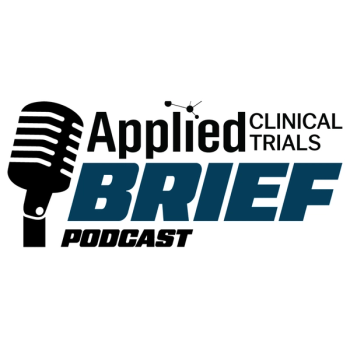
President Makes Budget Request for FDA
WASHINGTON, D.C., May 7, 2009-The Alliance for a Stronger FDA today praised the President’s FY 10 budget request for the US Food and Drug Administration. The Alliance added that this is “a significant step forward in matching FDA’s resources with the ever-increasing responsibilities of the agency.” The President’s request is for $295 million in additional budget authority appropriations (excludes user fees), for a total of $2.350 billion in FY 10.
“There is now tangible evidence of Presidential commitment to FDA,” said Wayne Pines, President of the Alliance, whose 180 members are dedicated to strengthening FDA through increased funding. He added: “With these added funds, the incoming FDA commissioner can move forward on restoring confidence in FDA’s ability to protect and advance the public health.”
“More resources are essential tools for FDA to meet the most pressing needs today and start to plan for the challenges tomorrow, next year and five years from now,” said Donald Kennedy, an Alliance board member and former Commissioner of FDA.
According to the Alliance, the President’s request for 9166 full-time equivalent (FTE) employees finally brings the agency up to the staffing level of 9167 FTE’s that it had in 1994. These numbers exclude user fee staffing.
“Every year, the agency’s job becomes more complex scientifically and more difficult to implement, straining the FDA’s ability to meet the expectations of the Congress and the American people,” said William Hubbard, Alliance spokesperson and former Deputy Commissioner at FDA. “While these staffing numbers are encouraging, they also demonstrate how much additional investment in FDA will be needed.”
The Alliance for a Stronger FDA has 180 members who are united in their belief that a strong FDA benefits all Americans. Our members include consumer, patient, professional and research groups, industry, trade associations, and individuals. The Alliance, now in its third year, is the only multi-stakeholder group that advocates for increasing resources at FDA to match the agency’s responsibilities.
President’s FY 10 Budget Request for the US Food and Drug Administration Compared to FY 09 and FY 08 (As of May 7, 2009)
Budget Authority Appropriations (does not include user fees)
(Prepared by the Alliance for a Stronger FDA)
Function Note: budget authority only, by center FY 08 Actual (December 2007); FY 09 Final (March 2009); Alliance Preliminary Request for FY 10; FY 10 President’s Budget Request
Food $510 million $649 million $790 million $783 million
Human Drugs $353 million $413 million $500 million $464 million *
Biologics $155 million $183 million $223 million $206 million *
Animal Drugs/Feed $97 million $116 million $140 million $130 million *
Devices & Radiological Health $238 million $280 million $340 million $315 million
Natl. Ctr. For Toxicological Research $44 million $52 million $62 million $59 million
HQ, Office of Commissioner and Other $97 million $121 million $145 million $144 million
Rent & Facilities Cost $220 million $223 million $225 million $237 million
SUBTOTAL, Salaries and Expenses $1.714 billion $2.039 billion $2.425 billion $ 2.338 billion
Building and Facilities Repair $8 million $16 million $12 million $12 million
TOTAL, ALL Budget Authority Appropriations(no user fees) $1.722 billion $2.055 billion $2.437 billion S 2.350 billion* The Administration requested $800 million for CDER, CBER, and DVM, without providing a break-down. These numbers are estimates, derived by proportionally allocating the $87 million increase among the three centers based on the percentage of the total they had in FY 09.
Newsletter
Stay current in clinical research with Applied Clinical Trials, providing expert insights, regulatory updates, and practical strategies for successful clinical trial design and execution.




